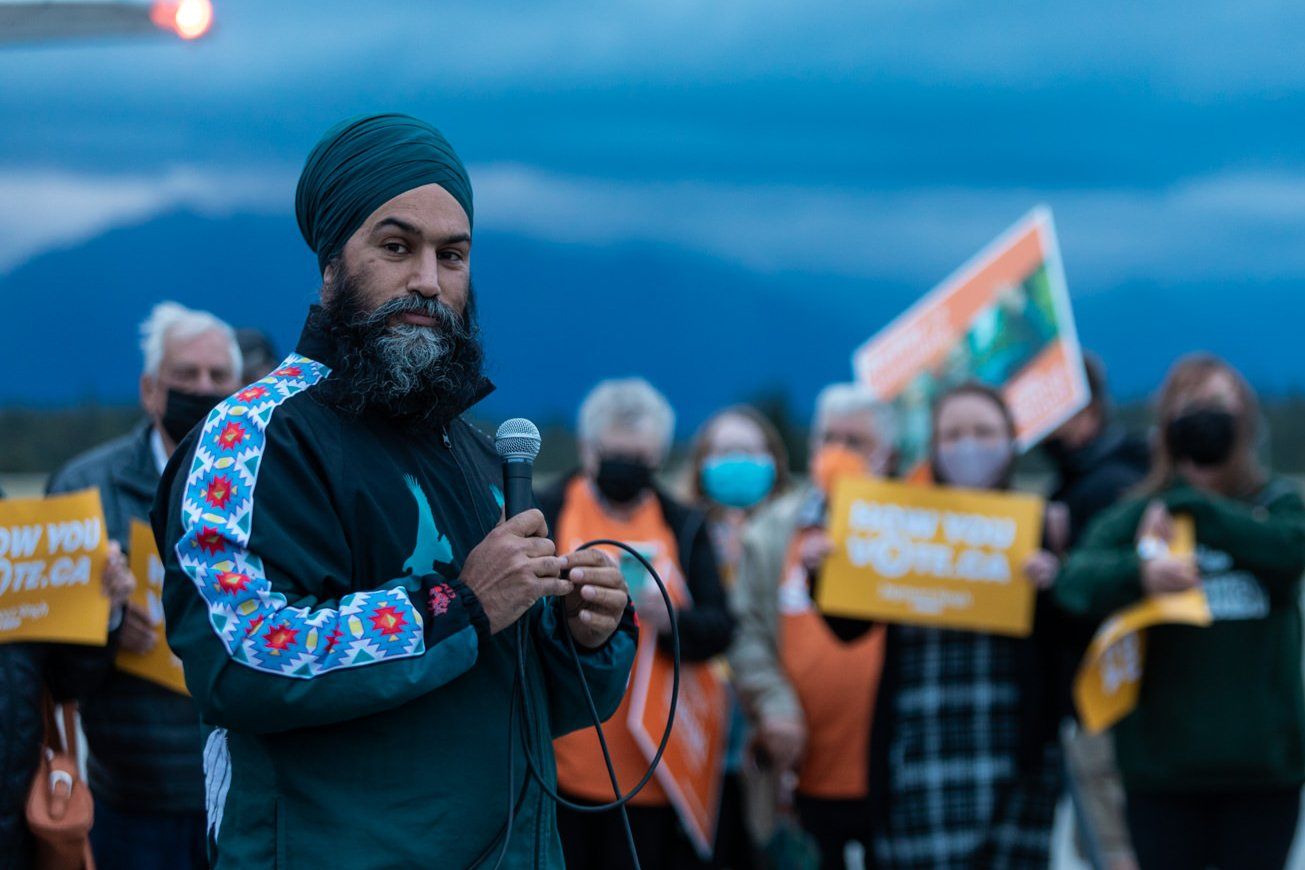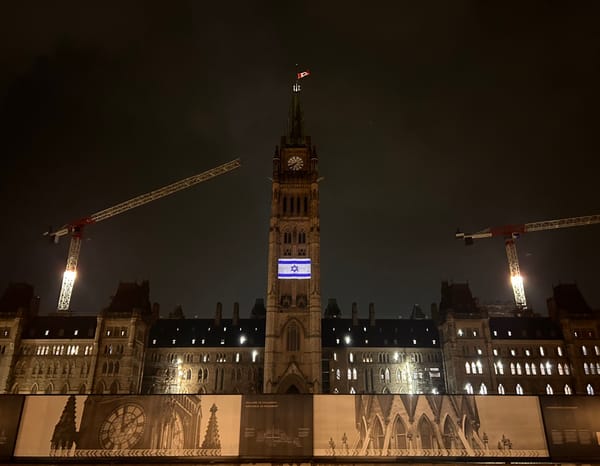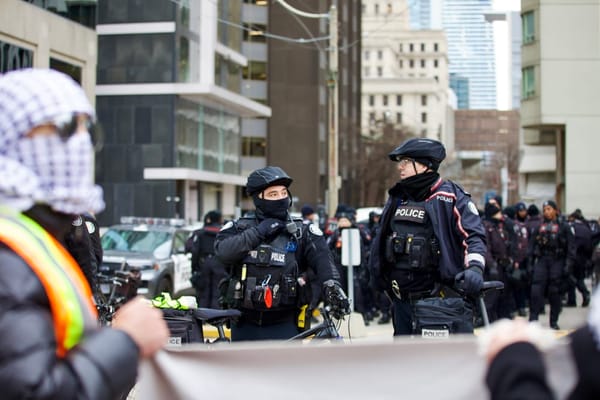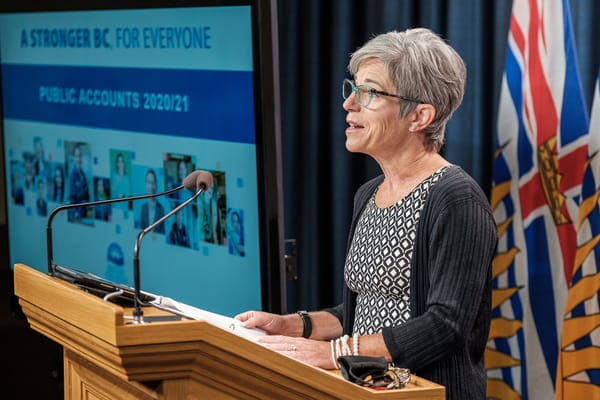The NDP had a pretty shitty election. Faced with a Liberal prime minister dragged down by a betrayal of his progressive rhetoric, the party under Jagmeet Singh had an excellent opportunity to make big gains, and they blew it.
They only gained one seat in a stagnant parliament, there was no breakthrough in Quebec and no stealing of seats in and around Toronto. It was more of the same.
Ever since 2011, the NDP have been trying to recapture the lightning in a bottle that was Jack Layton’s ascension to opposition leader. It was an odd election, with a profoundly unpopular Liberal leader, and while it may have hailed the party’s glory days, it also marked Stephen Harper’s one and only majority.
Following Tom Mulcair’s failure to win in 2015, running on a platform of grim, centrist competence, the NDP decided to go in a more progressive direction with Singh. The trouble is, that hasn’t translated to success either.
This week, the party launched an internal review to figure out what exactly has gone wrong.
“There’s stuff that we for sure can learn from and want to hear from people in terms of how I can get better, and how we can get better at those close races,” Singh told the Toronto Star. “What needs to be done to close those gaps so we can get these fighters [NDP candidates] into Parliament?”
The answers are probably pretty straightforward, but the real question is if the party wants to hear them.
The first major issue is the party’s platform.
It’s a document full of big ideas, but light on details about how to actually enact them. This sort of thing is fine if you’re a much smaller party with little hope of winning any seats looking simply to get ideas on the agenda. But the NDP needs more if it wants to convince people it’s serious about reaching goals such as national pharmacare and huge carbon emission reductions.
Singh as leader brings many things — charisma, energy, a willingness to meme — but he hasn’t shown much in the way of being a policy guy. This is where a detailed platform could have given his big ideas the credibility they needed to attract people. Don’t take my word for it, though, take the word of NDP deputy leader and MP Alexandre Boulerice.
“We don’t have to present Jagmeet anymore,” Boulerice told the Star. “But what exactly the NDP will do — I think that [in] the next campaign, this is what we have to focus on: what we will do for you and exactly how.”
Singh also seemed to acknowledge this was a weakness of his campaign, telling the Star, “I think that’s something that we can do more work [on].” But it’s not just a platform light on details that’s an issue.
Throughout the campaign, Singh touted his ability to push the Liberals into doing more progressive things. But last week, in a different Star article, he told the paper, “I’m not looking for ways to trigger an election, to tear down government. I want to make government work for people.”
Which is great, to a point, as we just had an election and the public would be pretty annoyed to have another one right away. But Singh has tossed out the biggest piece of leverage he has. In this minority parliament, the government needs the support of another party to get things passed. If you want to force your agenda on them, you’ve got to be willing to pull the trigger. Besides, ‘look what we were able to do as a small party,’ isn’t actually an argument for more power, but rather one for the status quo.
The second major problem is the party’s relationship to its provincial counterparts.
In British Columbia and Alberta, the NDP has of late been able to actually win government. But they’ve governed in ways that have undercut Singh’s credibility on the federal level, particularly on climate change, where he has tried to sell himself as the leader with the most ambitious plan.
Rachel Notley, the former NDP Alberta premier who may very well win back that job, was conspicuously absent from the campaign trail. The two leaders have had a number of public disagreements in the past over whether pipelines were good (Notley) or bad (Singh).
Singh has similar problems in B.C. where NDP Premier John Horgan has accepted pipelines, told protesters to stand down and kept old-growth logging going in the province, enforced by RCMP brutality.
Singh has said he’s philosophically opposed to pipelines, but hasn’t committed to cancelling any projects in construction, including the Trans Mountain pipeline expansion. This came up on the campaign trail according to one candidate, speaking to the Star anonymously, who said Singh’s climate stance and simultaneous support of Horgan sent “mixed messages.”
Singh being unable, or unwilling, to break fully with provincial party leaders undercutting his message means he’s never going to get through to a generation of progressive voters already burned by the promises of one smooth talking leader who quickly sold them out in the name of keeping power.
If the NDP wants to achieve any progress, and accomplish more significant changes than making Liberal policies slightly better, Singh needs to shape serious policy around the values he says he has. Otherwise, the NDP will not have anything to offer for people looking for an actual progressive party.
Continuing on the present course is only going to get the party more of the same, at best. Having 25 seats is fine, but it’s not the power base real progressive policies launch from. You can’t make everyone happy all the time. It’s time for Singh to choose what type of party it is he leads.







Member discussion